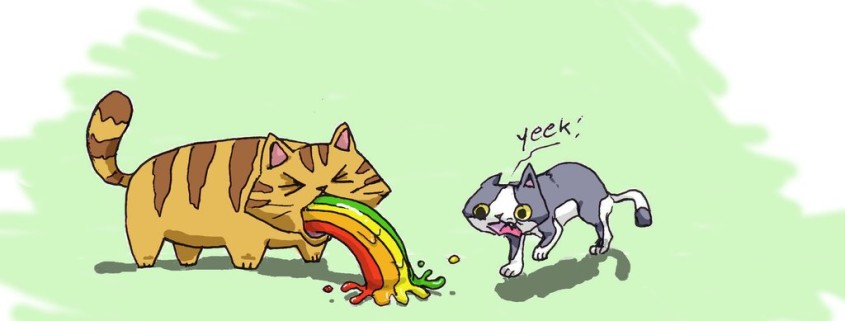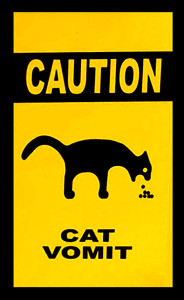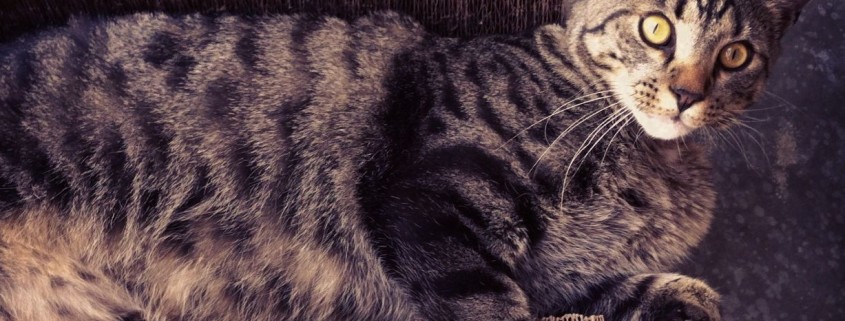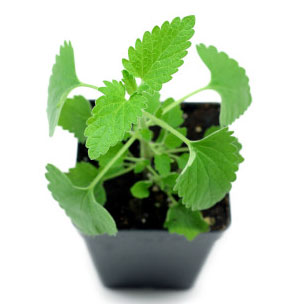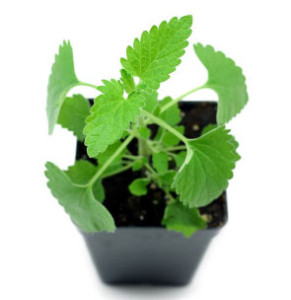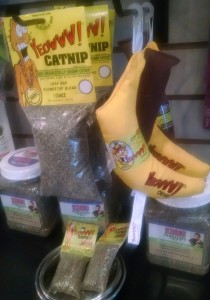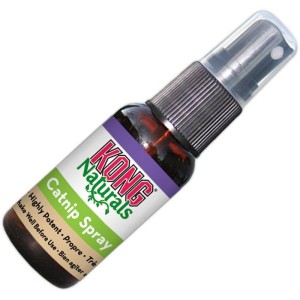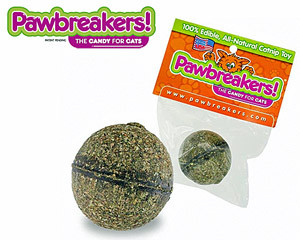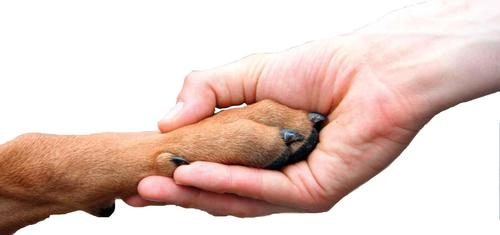FDA Testing Safety of Raw Pet Food: What You Need to Know
At The Happy Beast, our focus is on incorporating as much fresh food into your animals’ diets as possible. For our own households, that means feeding primarily raw food. For our customers, it can mean feeding solely raw, dehydrated, or freeze-dried food or combining one of these fresher forms of food with some type of kibble (aka dry food).
Earlier this month (June 2015) the Food & Drug Administration (FDA) began an assignment of collecting and testing samples of raw pet foods for salmonella and listeria. The motivation for this assessment, according to the FDA’s website, is based on this statement: “FDA does not believe raw meat foods for animals are consistent with the goal of protecting the public from significant health risks, particularly when such products are brought into the home and/or used to feed domestic pets; however, we understand that some people prefer to feed these types of diets to their pets.” You can read all the full article here: http://www.fda.gov/AnimalVeterinary/Products/AnimalFoodFeeds/Contaminants/ucm449501.htm
This is not the first time the safety of raw pet food has been put under a magnifying glass, and surely these types of investigations will continue as the market for minimally-processed pet food expands. As raw pet food feeders ourselves, we actually think these types of assessments are good for the industry. However, rather than focusing on the “fear factor,” we think it’s important to highlight the relevant risk, especially when compared to the human foods that we eat every day.
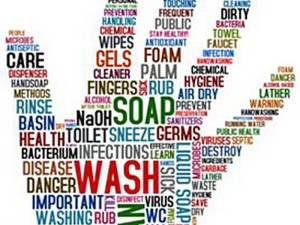
The incidences of recalls due to pathogens are no more common in pet foods than in foods intended for humans. In the last year, two dog kibbles and three raw dog food products were recalled for salmonella or listeria contamination. In the same time period in the human food world, there have been at least forty recalls on multiple products for salmonella and at least thirty-five for listeria. Recalled products included nuts, peanut butter, potato salad, ice creams, cheeses, dried oregano, even caramel apples. The fact is, pathogens can appear in lots of food products; not just raw food for pets. The FDA publishes a complete list of recalled products for humans and animals, which you can find on their website: http://www.fda.gov/Safety/Recalls/ArchiveRecalls/2015/default.htm
Here’s the good news: The companies that make raw, dehydrated, and freeze-dried foods for animals intend their products to be fed uncooked. They are committed to quality control, batch testing, and safe handling. Learn more about the safety procedures used by the brands found in our store by visiting their individual websites. Just click on the individual food manufacturer logos under the “Brands We Carry” section on our “Products” page.
You can also stop by the store or read our blog post on “Pet Food Safe Handling Tips” for more information on safely feeding your animal any type of pet food (raw, freeze-dried, canned, kibble, etc.)



